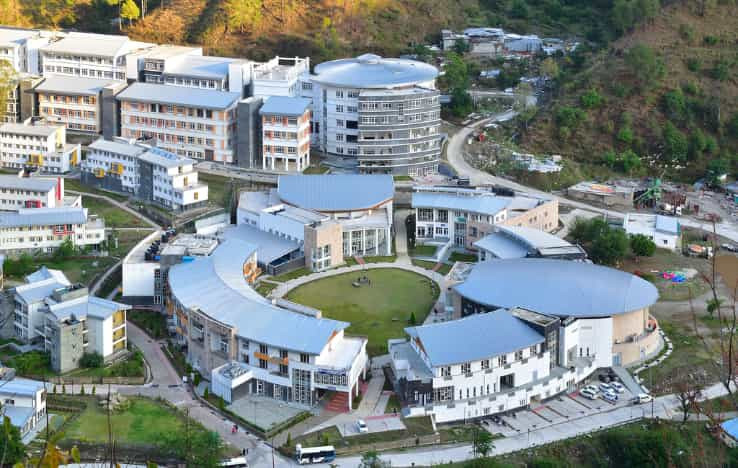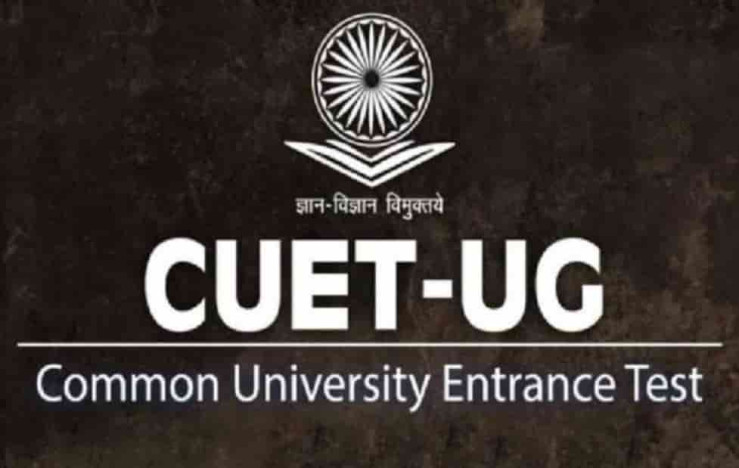Last Updated Aug - 27 - 2024, 04:21 PM | Source : India Today | Visitors : 35
IIT Mandi researchers have advanced our understanding of animal homing behaviors using programmable robots. Their study reveals insights into navigation strateg

Researchers at the Indian Institute of Technology Mandi have made substantial progress in understanding how animals successfully return home after foraging, even when they face unanticipated hurdles. Using miniature, programmable robots, the researchers investigated homing behavior in a controlled environment to reveal the underlying principles.
Importance of Homing in Nature
Many animals rely on being able to come home following activities like migration or foraging. Homing pigeons, for example, are famed for their ability to traverse vast distances, which has been used to relay messages. Similarly, species such as sea turtles, salmon, and monarch butterflies make long migrations to their birthplaces. Scientists have long been interested in these extraordinary homing skills, which occur naturally.
Different strategies for navigational success
Different animal species employ various strategies to achieve successful homing. Some use path integration, a method that involves computing the return journey based on the distance travelled and the direction, while others rely on environmental cues like odours, landmarks, celestial bodies, or even the Earth's magnetic field. Despite these diverse strategies, homing is usually a very efficient process. However, the role of random elements, or "noise," in animal navigation is still not fully understood.
Robots mimicking animal behaviour
The research team at IIT Mandi used small robots to simulate animal navigation behaviours. These robots, which are about 7.5 cm in diameter, are equipped with sensors that allow them to detect objects and light, guiding them to a "home" indicated by the brightest light source. The robots navigate by independently controlling their wheels and adjust their movement according to the intensity of light, similar to certain animal behaviours.
Key findings: Optimal randomness and navigational efficiency
The study found that, beyond a certain optimal level of randomness, the time taken to return home remains consistent. Further computer simulations supported these findings, indicating that occasional "resets," where the robots reorient directly towards home, significantly improved their ability to navigate effectively.
Broader implications of the study
Dr. Harsh Soni, Assistant Professor at the School of Physical Sciences, IIT Mandi, emphasised the broader implications of this research, stating, "Our findings could lead to the development of more advanced navigation systems for autonomous vehicles and enhance search and rescue operations. Additionally, the study provides important insights into cellular dynamics, where similar navigation processes might be occurring."
Collaborative research and future directions
The study's results have been published in the journal PRX LIFE. The theoretical and numerical aspects were conducted by Dr. Harsh Soni from IIT Mandi, along with Dr. Arnab Pal and Mr. Arup Biswas from The Institute of Mathematical Sciences, Chennai. The experimental component was led by Dr. Nitin Kumar and Somnath Paramanich from IIT Bombay.
READ MORE| Dharmendra Pradhan, UNESCO, and NCERT Launch 'Embracing Progress' Comic for Teen Health

Dec - 05
The National Testing Agency (NTA) has officially released the advisory for CUET UG 2026, marking the beginning of one of the most anticipated admis... Read More

Dec - 05
The Delhi Government has announced a new educational initiative aimed at teaching Artificial Intelligence (AI) skills to school students across the... Read More

Dec - 05
Australia-based Victoria University (VU) is set to open its first international campus in India located in Gurugram, Delhi NCR with a planned launc... Read More